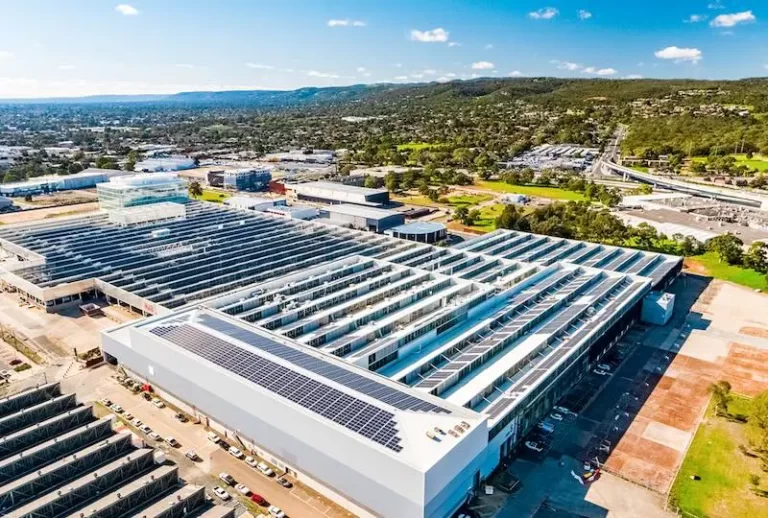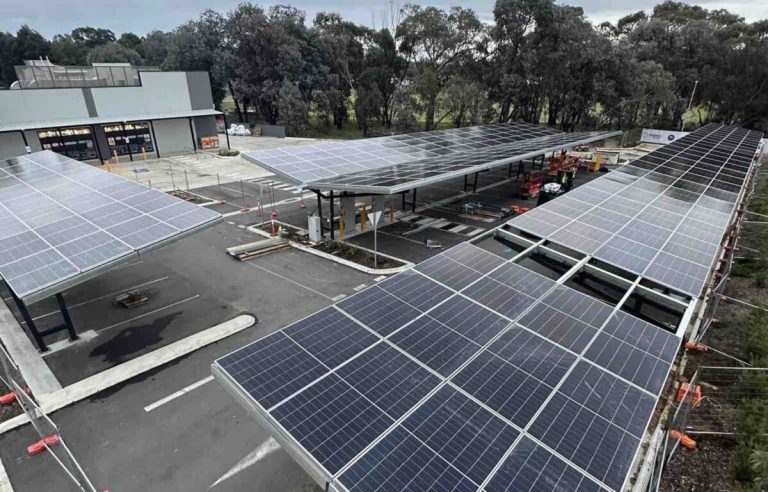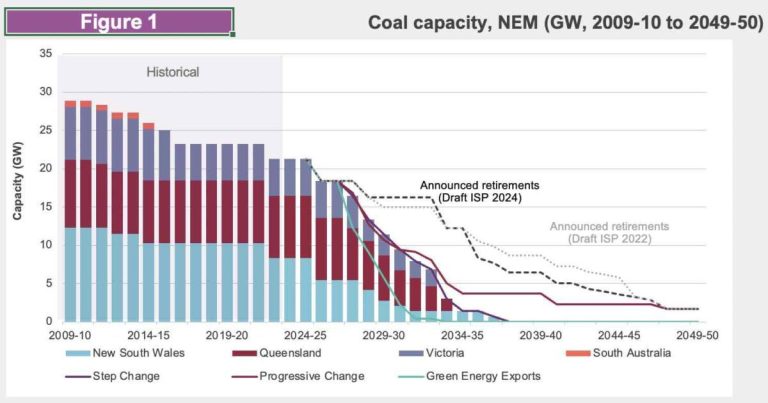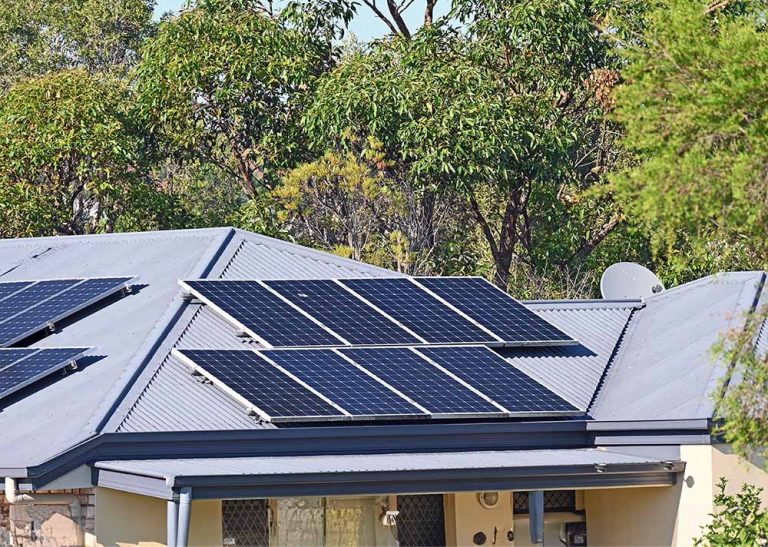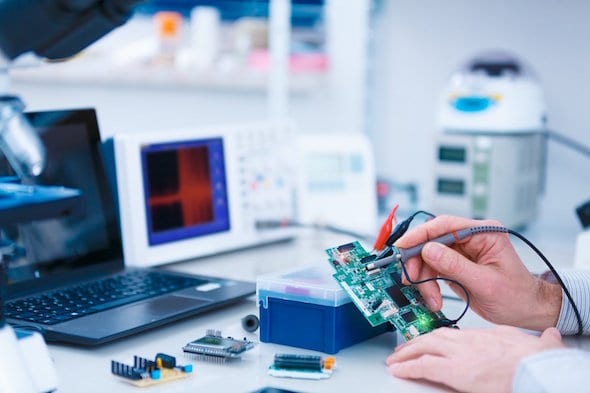Record High Wind, Solar, and Battery Projects in Australia
The Australian Energy Market Operator (AEMO) has reported a significant increase in the capacity of wind, solar, and battery storage projects seeking connection to Australia’s main grid. The total capacity has reached a record high of over 50 gigawatts, marking a more than one-third increase compared to the previous year.
This surge is primarily attributed to the rise in battery storage project proposals, which have almost doubled from 11 gigawatts to 20.5 gigawatts within the same period. Additionally, solar and battery hybrid projects have increased from 4.5 gigawatts to 5.6 gigawatts, while wind projects have grown from 7.5 gigawatts to 8.7 gigawatts. Solar-only projects have also seen an uptick from 10.2 gigawatts to 12.1 gigawatts, bringing the total capacity in the queue to 51 gigawatts.
Record Numbers in Renewable Energy Pipeline
These figures reflect the capacity of projects progressing through the application process for grid connection, with many more projects in earlier stages of development. AEMO’s head of onboarding and connections, Margarida Pimentel, described it as a new record for renewable and firming projects aiming to connect to the National Electricity Market.
Furthermore, AEMO has highlighted seven projects totalling 1.7 gigawatts that have received application approvals, along with five projects that have reached full output, including Blyth Bess, Gangarri Solar Farm, Crookwell 3 Wind Farm, Mokoan Solar Farm, and Kingaroy Solar Farm.
Accelerating Renewable Energy Transition
Australia has set a target of achieving 82% renewables by 2030, but the current level stands at just over 40%. To meet this ambitious goal, the pace of planning, connections, construction, and new transmission infrastructure will be crucial. Battery storage projects have emerged as a focal point for developers due to their declining costs, modular design, and relative construction simplicity.
Notably, there has been a notable increase in proposals to integrate batteries into existing approved projects, both during the planning phase and in the commissioning stage. Pimentel highlighted that New South Wales leads in hosting the most capacity, followed by Queensland, Victoria, and South Australia, while Tasmania contributes a minimal share of the new capacity.
Despite some progress, there is a need to expedite the connections pipeline to meet the renewable energy targets. Projects under the Capacity Investment Scheme auctions could play a significant role in accelerating this process, although additional capacity backing may be necessary to achieve the 2030 goal.
Efforts are ongoing to streamline the connections pipeline and address the challenges posed by the evolving energy landscape, as stakeholders work towards a more sustainable and renewable energy future.
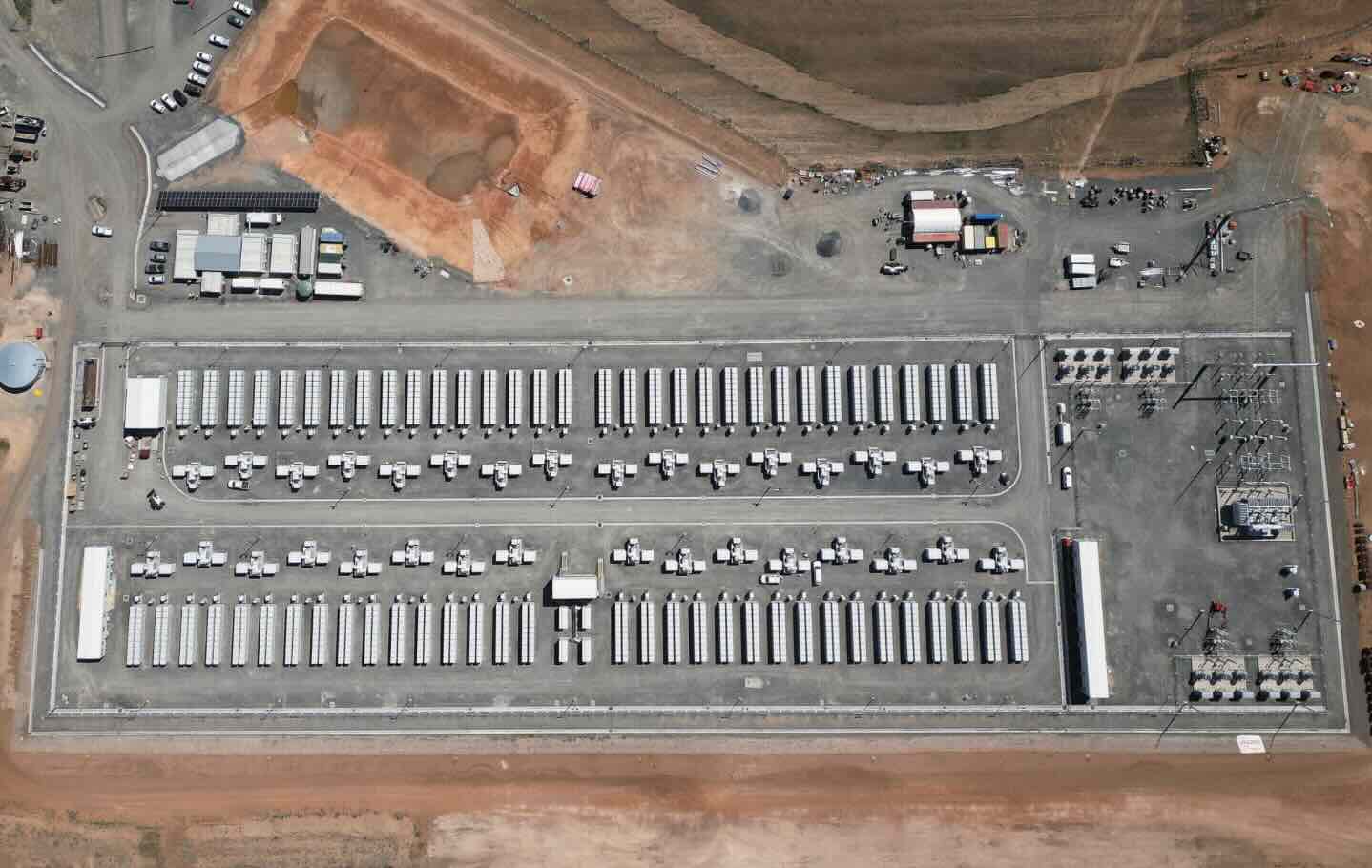
26-768x472.jpg)
